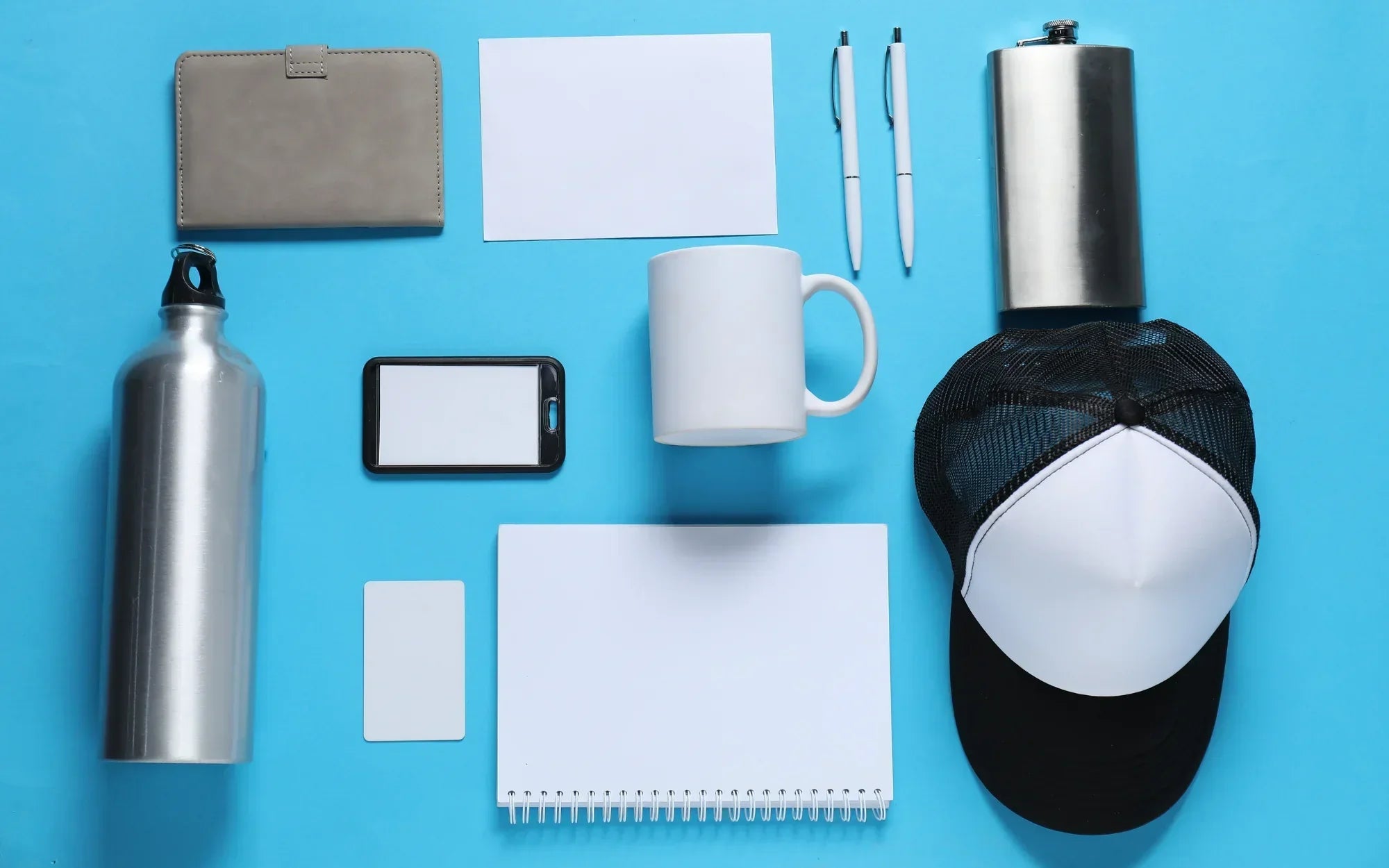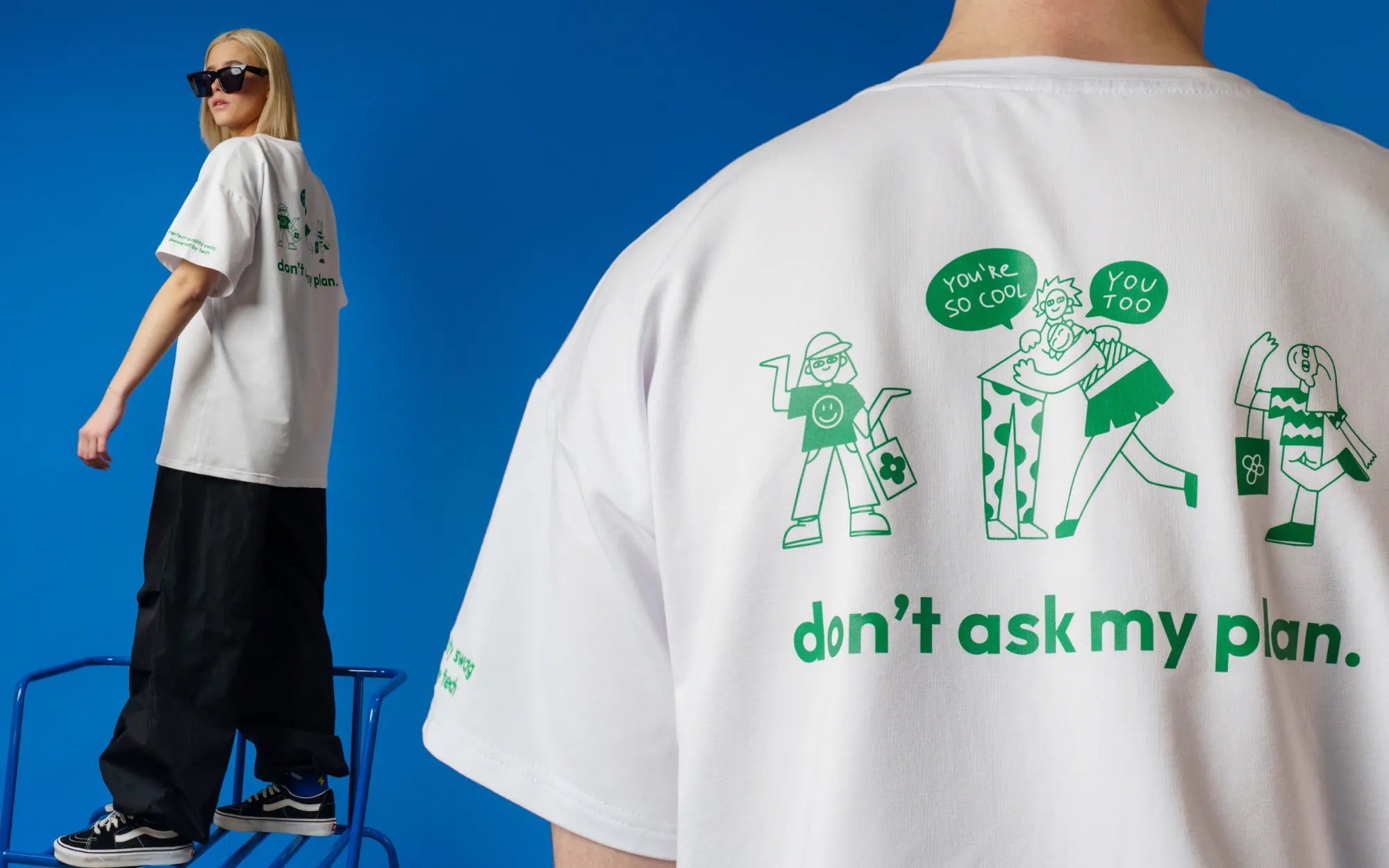Branded merchandise, or swag, has evolved from being just free giveaways into a powerful storytelling tool for brands. In an age where digital ads are fleeting, a tangible item that carries your brand’s narrative can leave a lasting impression. In fact, promotional products can outperform other advertising in recall and reach. More importantly, people form emotional attachments to well-crafted swag – over 80% of consumers say they’re more likely to do business with a brand that gave them a quality promotional product. The reason is simple: merchandise with meaning fosters a personal connection and often becomes part of daily life.
In this guide, we’ll dive into real-world use cases across industries and highlight how merch companies like Overhood approach swag as a storytelling medium. Storytelling through swag can amplify your brand message in a memorable, engaging way.
Why Storytelling Matters in Branded Swag
Consumers today don’t want just another pen or t-shirt – they want to feel something. For example, a high-quality backpack from a conference might remind someone of the inspiring event and the people they met each time they use it. Branded merchandise is more than stuff; it’s a way to create thoughtful touchpoints that make people feel connected to your brand.
Crucially, storytelling elevates swag from a transactional freebie to a meaningful brand experience. Every item can carry part of your brand message – a message about who you are, what you stand for, and why you appreciate your audience.
Good swag tells a story and sticks with your audience. It might remind employees of belonging to a “team with shared values” when they wear a company hoodie, or remind customers of a positive experience they had with your brand. Because of this, swag can build loyalty and even drive behavior: people remember brands on promotional items. In short, storytelling through merchandise strengthens the emotional bond between brand and individual – and that bond often translates into brand advocacy and repeat engagement.
Real-World Examples of Storytelling Swag in Action
Story-driven merchandise is being used across tech, fashion, music, events, and more. Let’s look at how different industries are turning swag into an extension of their brand story:
Tech Industry & Startups

Tech companies are known for creative swag that reflects innovation and culture. A great example comes from Muse Group, a music technology company that wanted conference merch more impactful than the usual trinkets. Partnering with Overhood, they created NFC-enabled smart T-shirts that combined style with cutting-edge tech. Each shirt had an NFC chip hidden behind the embroidered logo, invisible to the eye but powerful in function – a tap of a smartphone could launch a playlist, website, or personalized message. Tech startups also often include storytelling in their onboarding kits for new hires – instead of generic items, they pack branded goodies that reflect company values and inside jokes, making a new employee’s first day memorable.
Fashion and Lifestyle Brands
In fashion, branded merchandise isn’t an afterthought – it’s often a direct extension of the brand’s identity. For example, denim icon Levi’s partnered with the Rolling Loud music festival to produce a co-branded merch collection celebrating both Levi’s 150th anniversary and Rolling Loud’s cultural impact. The collection offered on-site customization, allowing fans to personalize their festival denim and literally wear the story of that collaboration. The key is that each item is thoughtfully designed to be on-brand and meaningful, not just a logo slapped on a generic product.
Music and Entertainment
Musicians and entertainment brands are natural storytellers, and their merch is a vital part of how fans participate in the story. Concert t-shirts, albums, and tour swag become wearable memories for fans. For instance, pop superstar Taylor Swift’s recent tour offered different merchandise for each “era” of her music, allowing fans to proudly wear the chapter of her story they connect with most – essentially turning fans into ambassadors of her narrative. This isn’t just anecdotal; it reflects a broader truth: “For many fans, buying memorabilia and merchandise is a way to continue that relationship and identify with their heroes.”
Events and Conferences
Event organizers have discovered that creative swag can transform an event into a lasting story. Swag given before, during, and after events serves as an “emotional anchor” that keeps attendees talking long after the event ends. For example, some conferences send pre-event swag kits to registrants as a teaser, building excitement and a sense of community before everyone even arrives. One notable case was a major hip-hop festival that turned its performers into comic-style superheroes on the festival merchandise, offering exclusive themed apparel that fans eagerly collected as souvenirs of the experience. And consider Salesforce’s annual Dreamforce conference – every year attendees chase after limited-edition plush toys of the company’s mascot characters, which have become cherished collectibles symbolizing the “Trailblazer” community spirit.
Community and Causes
Communities, whether they are employee communities, user groups, or nonprofit volunteers, also rally around swag that tells a story. Nonprofit organizations often give volunteers or donors branded apparel or tokens that serve as a meaningful reminder of their impact. In online or tech communities, open-source projects and developer groups hand out swag (stickers, shirts, badges) featuring inside jokes or milestones (like version release names or quirky mascots) – these items help members feel like insiders and strengthen the sense of a shared story. One software company, for example, created enamel pins for each major product launch, and community members proudly display the collection on lanyards, each pin representing their journey with the product’s evolution.
Overhood: Crafting Memories You Can Wear
We are a brand at the forefront of merchandise-as-storytelling, “We don’t just make products; we create a memory that you can wear and touch.”. This philosophy drives everything we do. Our team designs and produces premium branded products with an eye toward quality, sustainability, and creativity. The result is merch that people actually enjoy wearing and using, not just stuffing in a drawer. In fact, our founder Daria Zarykovskaya built her reputation creating standout merch for influencers, musicians, and YouTubers, with the goal of making items that fans don’t just want, but “actually enjoy wearing — something that finds its way into your regular wardrobe rotation and your heart.”

Take the case of Playrix, a gaming company known for their playful “Rix” duck mascot. Playrix envisioned a custom rubber duck for employees and fans – not just a decor piece, but one that actually floats upright as a real rubber duck should. The first prototype had issues (it wouldn’t float properly), but Overhood embraced the story behind this challenge.
Another Overhood project highlighted their knack for aligning merchandise with brand values: a sustainable gift strategy for Almus, a mobile app company. With year-end holidays looming, Overhood helped Almus quickly curate eco-friendly fleece jackets (made of 100% recycled polyester) and recycled stainless steel bottles, all branded elegantly. The lesson from our approach is clear: when you infuse swag with creativity, quality, and a tie-in to what your brand stands for, it stops being just swag – it becomes a memorable brand experience.
Tips for Creating Meaningful, Story-Driven Swag
How can your company create merchandise that resonates on a deeper level? Here are several tactical insights and takeaways to ensure your swag tells a story and isn’t just another freebie:
-
Tie It to a Moment or Mission: Don’t give out swag in a vacuum – connect it to a meaningful moment, cause, or story. For example, send out a special item to commemorate a company milestone or an event. One idea is tagging each item with a note about its significance. Imagine handing out custom scarves at a charity run, each with a tag explaining how the participants’ involvement helped the community – suddenly it’s not just a scarf, it’s a symbol of goodwill and shared impact. Similarly, an onboarding kit could include a welcome message that shares a bit of company history or culture, so every item in the box reminds the newcomer “you’re part of our story now.”
-
Design with Intent: Use the real estate on your swag to convey your brand’s mission, voice, or values in a creative way. Instead of a huge logo, think subtle storytelling elements. A beautifully designed water bottle can carry a graphic of your mission statement or a tagline that inspires action. If your company champions sustainability, choose eco-friendly materials and perhaps print a small message about that. Everything from the color palette to the typography should reflect your visual identity, but you can do it artistically.
-
Celebrate Milestones and Exclusivity: Use limited-edition swag to mark special milestones, and make a big deal out of it. When your brand hits an anniversary or major achievement, create a unique merch item just for that occasion. The key is that it’s only available for that milestone, which gives it a story. For example, a tech company celebrating 10 years might produce USB drives or enamel pins shaped like the number “10,” signifying the journey.
-
Make It Personal and Interactive: The more your audience can engage with the swag, the deeper the connection. Consider adding interactive or personalized elements. Interactive swag might also be as simple as a puzzle or game incorporated into the item (e.g., a poster with a hidden message that’s revealed under UV light, given by a cybersecurity company as a clever tie-in). Personalization is another powerful tactic: if feasible, include the recipient’s name or a custom detail on the item.
-
Focus on Utility and Meaning: A core lesson from swag experts is quality over quantity – a useful item that aligns with your brand will speak louder than a bag full of cheap gizmos. Think about what your audience will actually use or treasure, and ensure it’s well-made. But utility alone isn’t enough, tie that utility to meaning. For example, if you give out umbrellas, maybe it’s because your slogan is about “having you covered,” which you print on the canopy, linking the item to your brand promise. Or if you provide a portable battery pack as swag, include messaging about “powering up your potential” or similar. The goal is to ensure that each time the item is used, it subtly reinforces a brand message or feeling.
-
Align with Brand Aesthetics and Culture: Treat your merch as a canvas for your brand’s visual identity and voice. This means maintaining consistency while also adapting the design to the medium of the product. A company known for a fun, irreverent culture might turn a common item like socks into a funky statement. If your brand has a strong visual iconography (mascots, symbols, etc.), find creative ways to incorporate those in merchandise design – maybe as a small embroidered patch on a jacket or as a pattern lining the inside of a bag. Always ask, “Does this item feel like our brand?” Someone who knows your company well should be able to pick up the swag and immediately sense the brand’s personality from it.
By following these guidelines, you ensure that your swag isn’t random or forgettable – it’s strategic, story-driven, and impactful.
Swag as Storytelling in Every Setting: Onboarding, Events, Gifting, and Community
Branded merchandise with meaning can play a role at every stage of the brand experience. Here are some key areas where storytelling through swag makes an impact:
-
Onboarding – Welcome new employees with swag that tells your company story. An onboarding kit isn’t just a perk; it sets the tone for a new hire’s journey. Include a welcome letter that shares the company’s mission and perhaps the story of how it was founded. Add items like a t-shirt or notebook that feature your core values or team slogan. For example, a fintech startup might give a hoodie with the year the company was founded on the sleeve and a card explaining that “you join us as we write the next chapter.”
-
Corporate Gifting – Use client and partner gifts to reinforce your brand message and relationships. Corporate gifts provide an opportunity to tell a story of appreciation and partnership. Rather than generic fruit baskets, consider bespoke gifts that tie into your company’s story or the recipient’s interests. For instance, if your brand is all about global connection, you might send a partner a beautiful world map plaque with your company logo subtly engraved – along with a note about how together you’re “making a world of difference.”
-
Events and Conferences – Extend your event’s storyline through swag at every touchpoint. As discussed, event swag can start conversations and cement memories. Before an event, you might mail out an invitation gift that hints at the theme. During the event, ensure your giveaways are experiential. For example, at registration, give each attendee something that encourages interaction – maybe a blank name badge pin where they can write their personal “superpower”
-
Community Building – Foster community and loyalty with swag that unites people. Whether it’s your customer community, a developer user group, or an internal culture club, giving out swag can strengthen the group’s identity and narrative. Think of community swag as team jerseys – they create a sense of “we’re in this together.” For customer advocacy programs, for instance, you might send your top fans a “community ambassador” kit with exclusive merch: maybe a T-shirt that says “<Brand> Insider” or a pin that’s only given to beta testers or forum moderators. These items become symbols of status and storytelling. In employee communities (like a diversity network or a sports club within the company), swag can help rally people around a common cause or interest, all while dovetailing with the larger brand story.
No matter the context, the underlying principle is to align your swag strategy with the human moments and connections that matter.
Conclusion: Turning Merch into a Brand Message
In a world saturated with advertising noise, storytelling through swag offers a tangible and meaningful way to connect. Instead of thinking of branded merchandise as just a marketing expense, view it as a creative extension of your brand’s narrative and values. The examples and strategies we’ve explored show that whether it’s a high-tech interactive t-shirt, a stylish limited-run collectible, or a humble tote bag given with heart, swag can carry powerful messages. It humanizes your brand and gives people a way to literally hold onto your story. By focusing on emotional connection, quality, and creativity, you transform merchandise from mere “stuff” into storytelling mediums. The next time you plan swag for an event, a campaign, or an employee program, ask yourself: What story do we want this item to tell? Align it with your mission and voice, design it with purpose, time it for maximum relevance, and you’ll see the difference. Recipients will not only remember your brand – they’ll feel a part of it. And when your swag tells a great story, it’s a story that never really ends – it keeps being retold every time someone asks, “Hey, that’s a cool hoodie… what’s the story behind it?”




